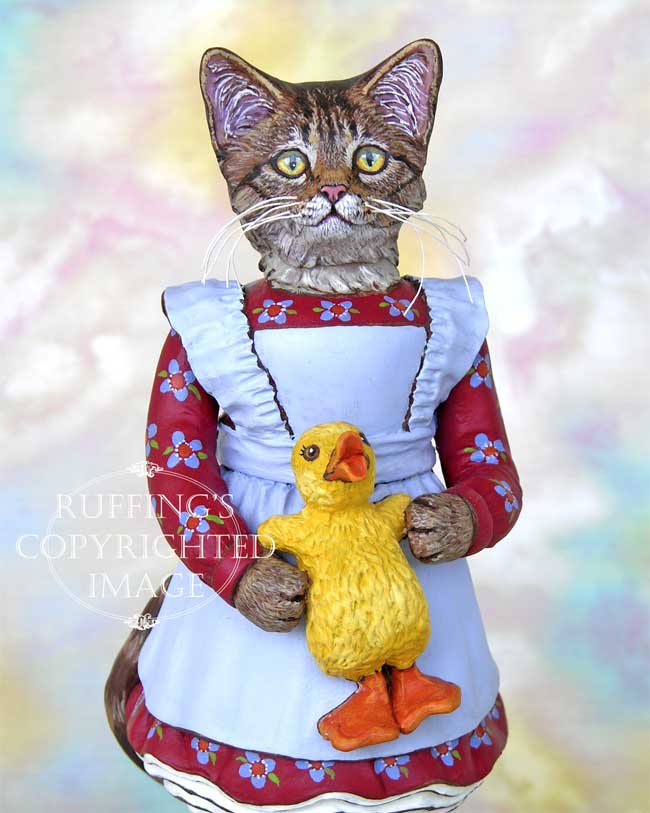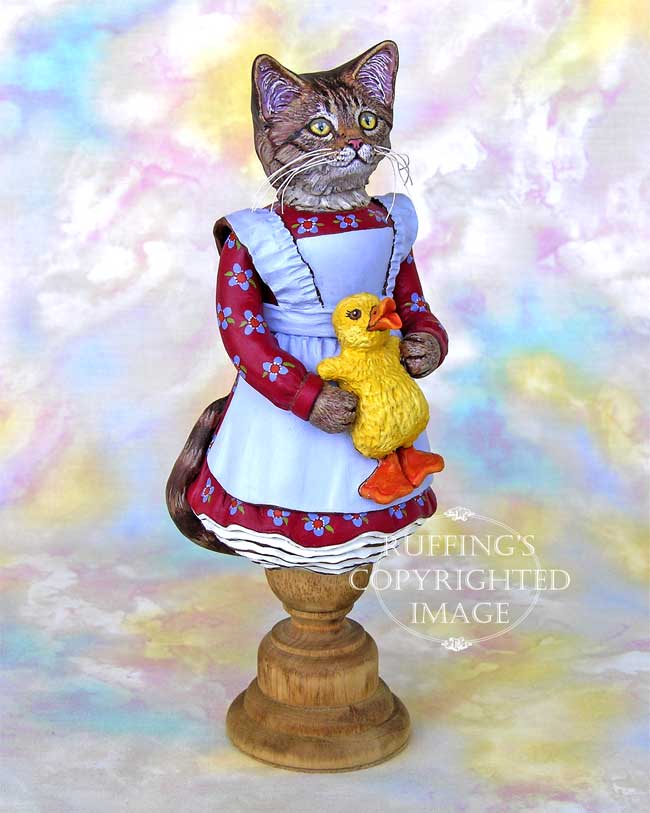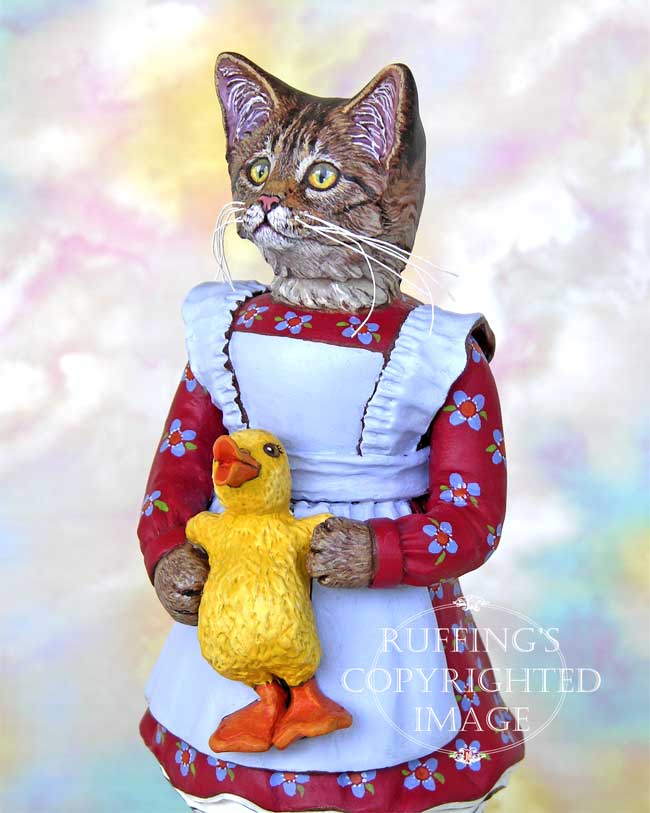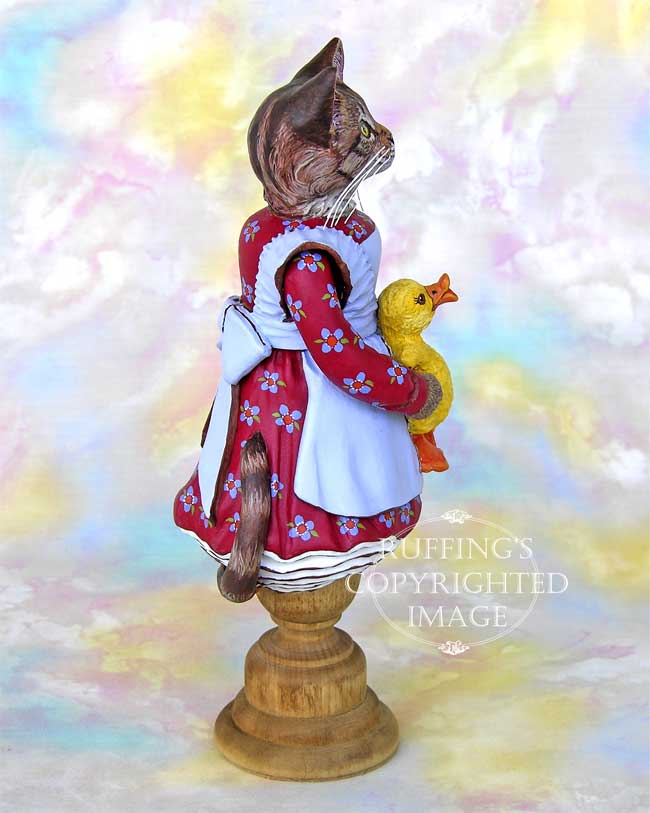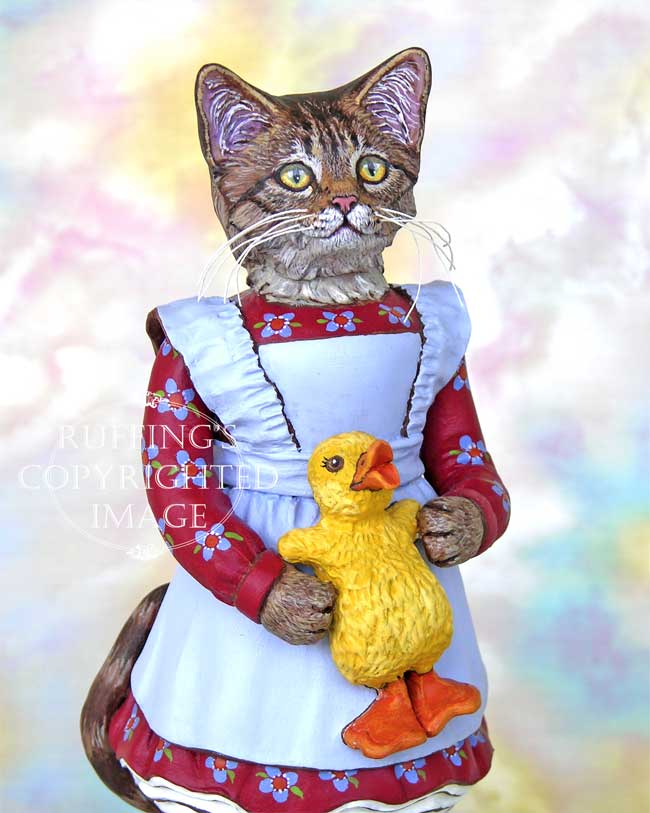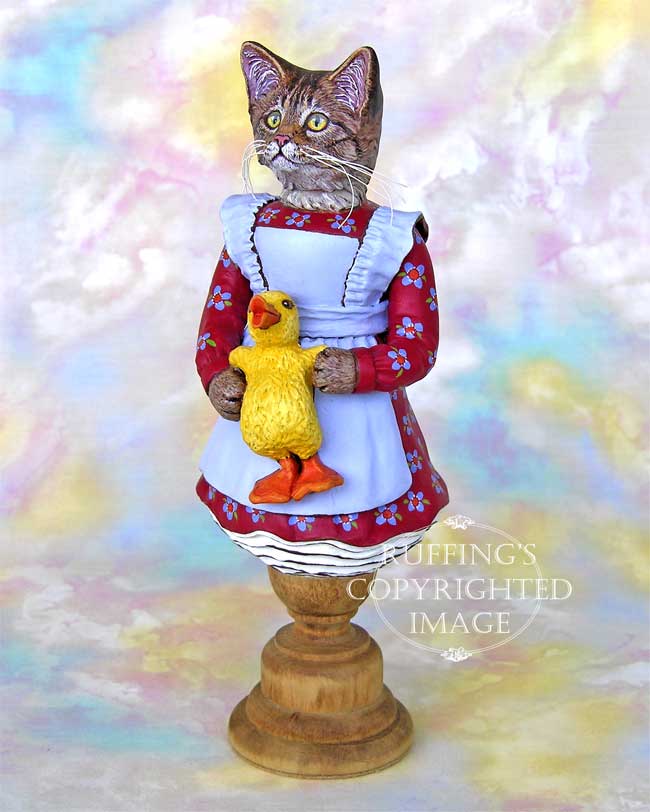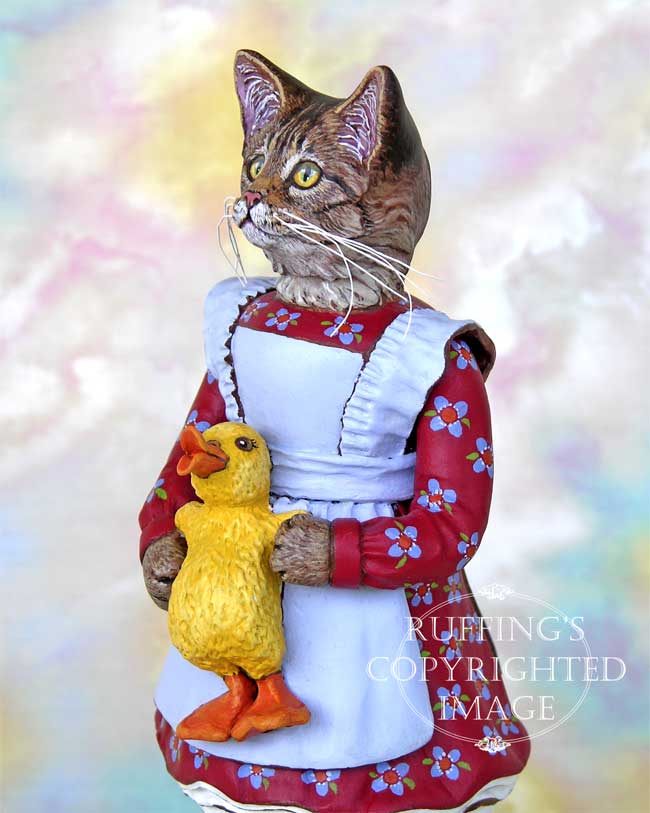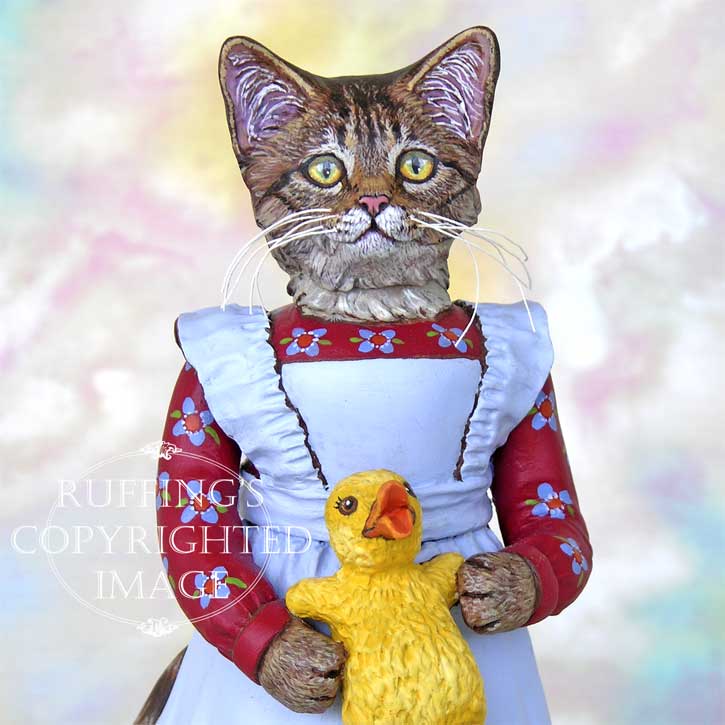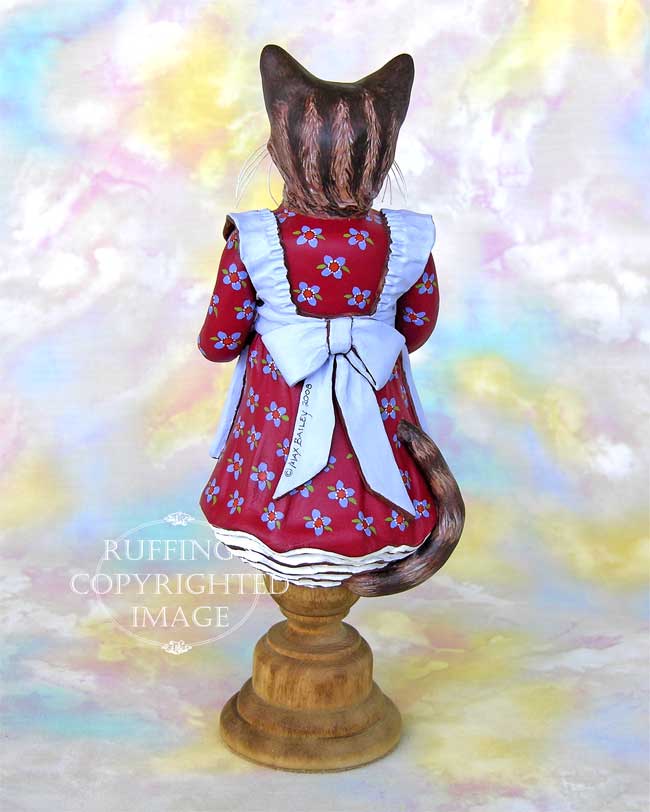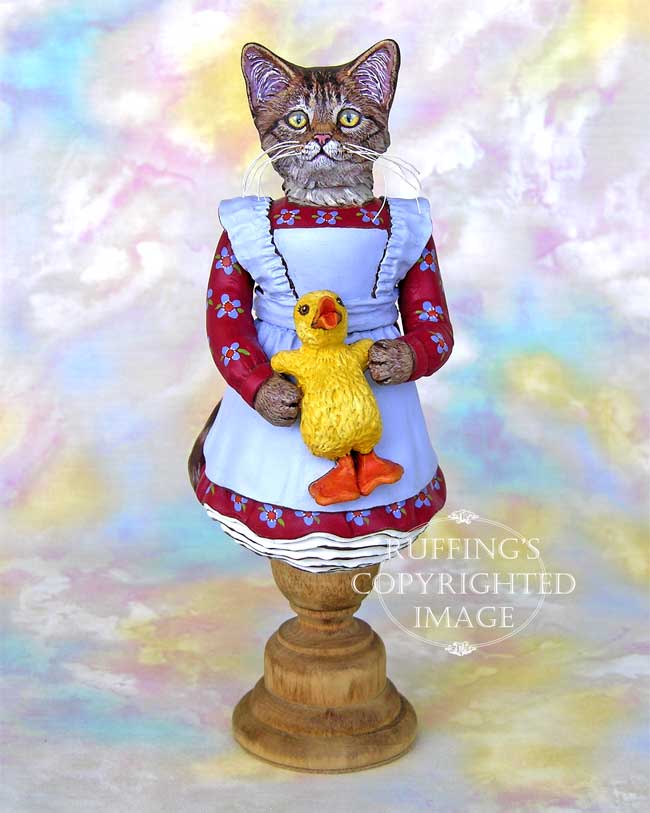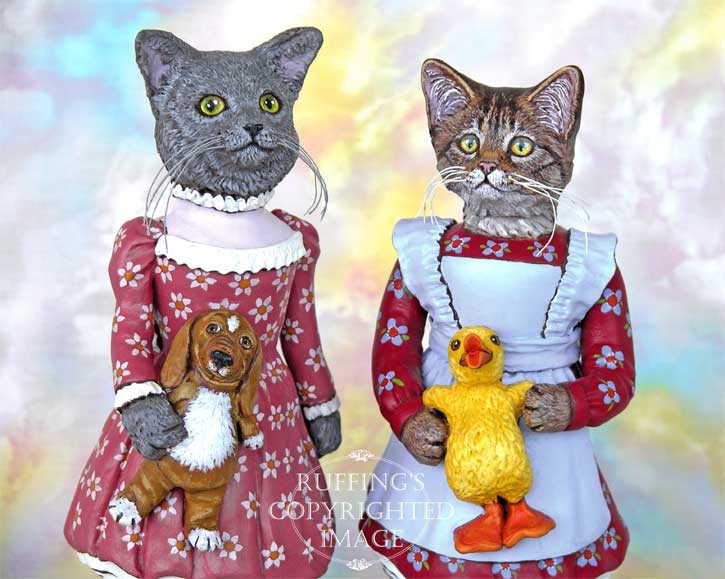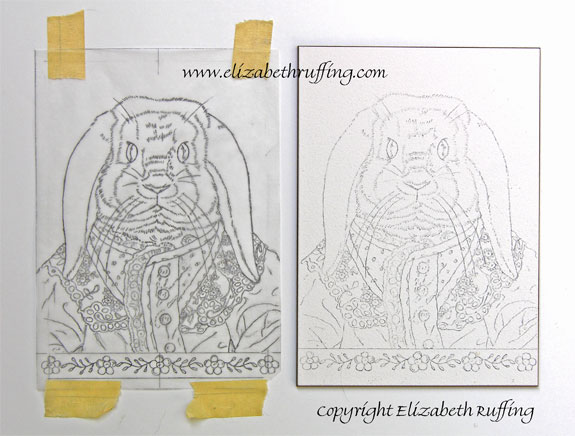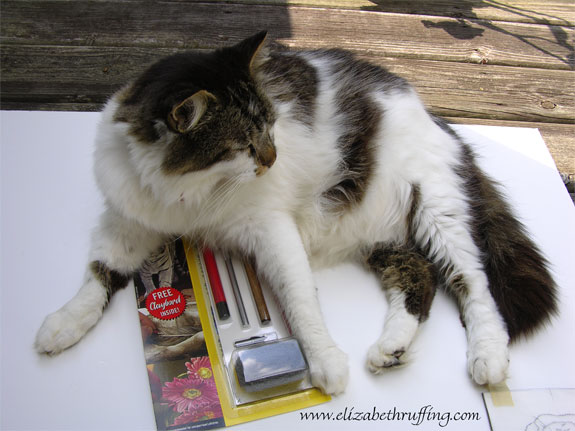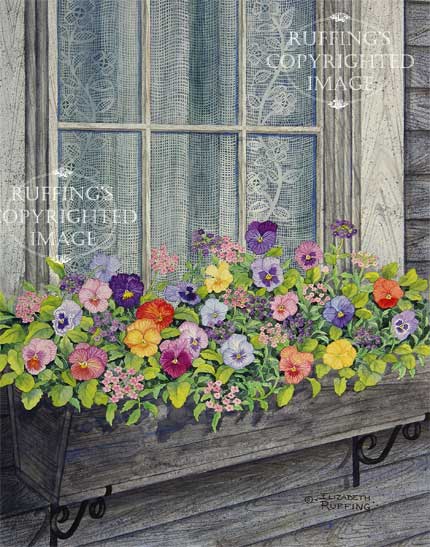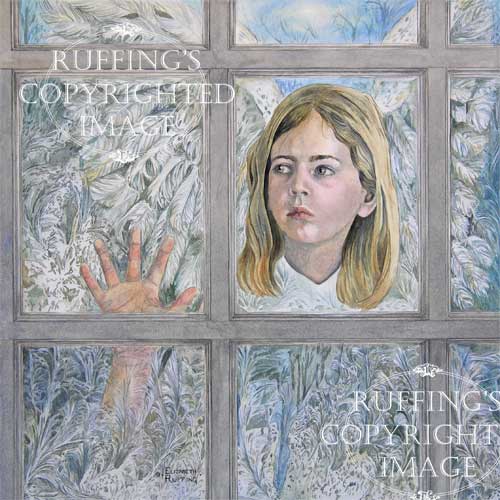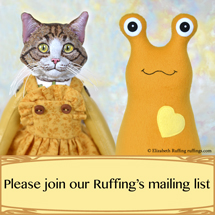I don’t really paint this fast!, originally uploaded by elizabethruffing.
I have to admit, I was afraid to start painting. I haven’t painted a watercolor in a very long time. I’m not sure why I decided trying to film my first attempt to paint on Claybord or to scratch lace into my painting was a good plan, but, as it turned out, the distraction of having the camera go off every thirty seconds kept my mind off being nervous about painting. Instead, I kept reminding myself to keep my head from blocking the camera. The painful part was that I didn’t take any breaks for hours…and this video all passes in about ten seconds or so.
My movie making skills are, um, nonexistent. My last attempt involved filming the seat of my pants, while thinking I had turned the camera off and not on. I got that backwards a few times. This time I got that straight at least. If I can film a part two, slow these things down, and splice them together, I might be able to make something more watchable.
